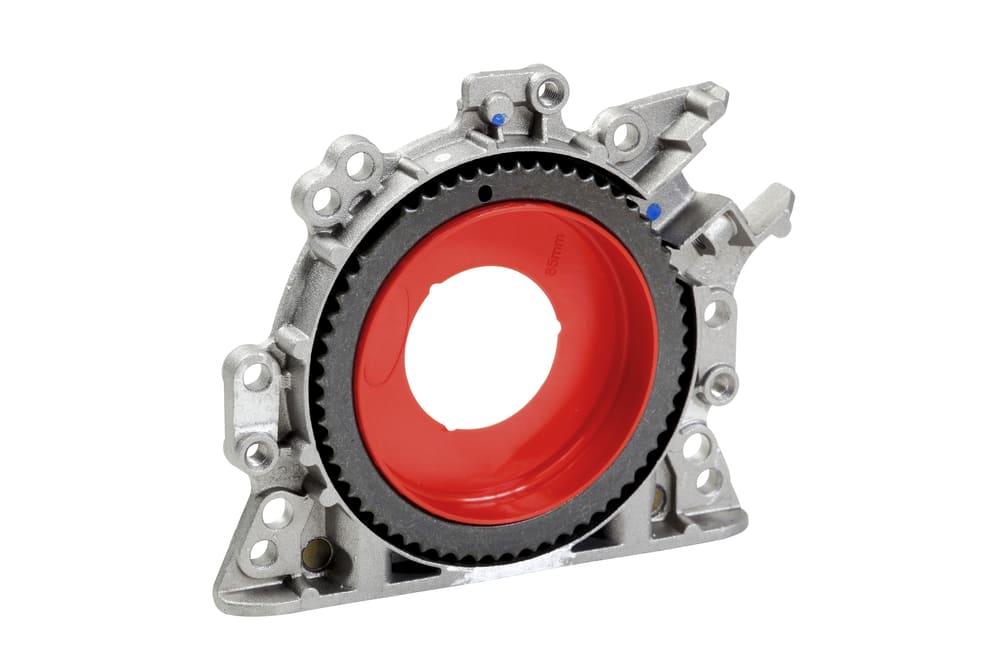

The crankshaft seal is the seal located on the front of the engine that seals the end of the crankshaft with the timing cover. Most crankshaft seals are made of rubber and metal and are round in shape. They are usually installed in the front timing cover and seal the end of the crankshaft as it rotates. While they are a relatively simple component, they serve an important purpose in keeping the oil that is constantly being used and tossed by the crankshaft as it rotates from leaking out of the engine’s crankcase. When they fail they can cause leaks which can make a mess, and if left unattended, can put the engine at risk of serious damage. Usually a crankshaft seal will display a few symptoms that can alert the driver that there may be an issue that should be serviced.
High mileage
If your vehicle is approaching high mileage, perhaps upwards of one hundred thousand miles, then the crankshaft seal may be approaching the end of it’s recommended service life. All manufacturers have a recommended service interval for most of the components on a vehicle. Servicing the crankshaft seal according to the recommended service interval can prevent the seal from failing in the first place, which can cause other problems.
Oil leaks
Oil leaks are the most common symptom of a problem with the crankshaft seal. If the crankshaft seal dries out, cracks, or breaks, it can cause an oil leak. Small leaks can cause oil to accumulate on the undersides of the engine, while larger ones may produce a drip of oil from the front of the engine.
The crankshaft seal is mounted behind the engine’s main crankshaft pulley, so servicing it requires the removal of the belts and crankshaft pulley and harmonic balancer before it can be accessed. For this reason, if you suspect your crankshaft seal may be leaking or near the end of its service life, have the vehicle inspected by a professional technician, such as one from YourMechanic. They will be able to look over your car and determine if it needs a crankshaft seal replacement.



